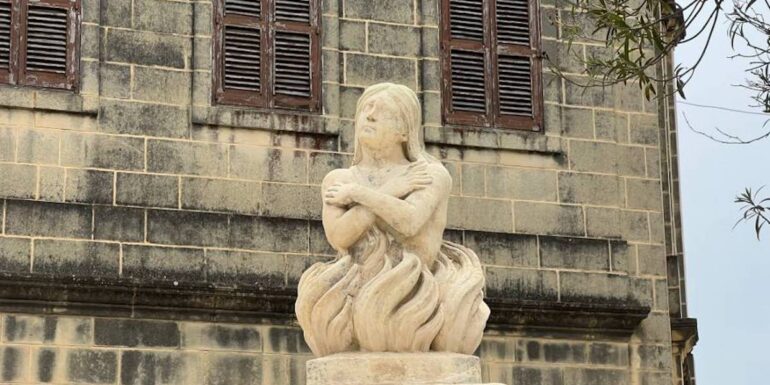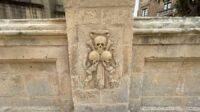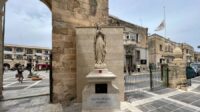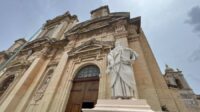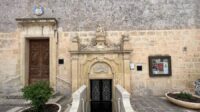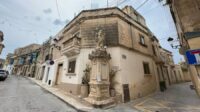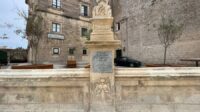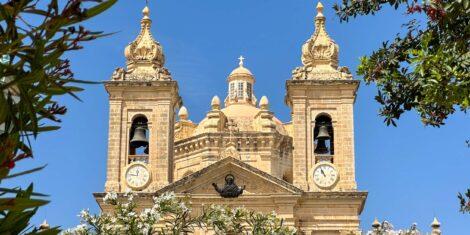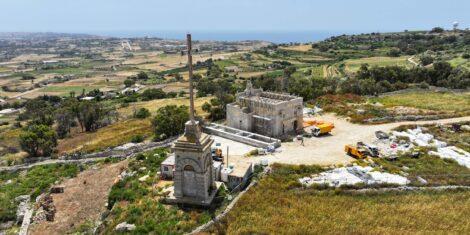In a culture as religious as Malta, there are statues depicting Biblical motifs. Some are protective and some feel almost like warning signs. Those are the statues of Purgatory in Rabat, Malta.
Then from the bosom of the burning mass,
“O God of mercy!” heard I sung; and felt
No less desire to turn.
—Dante Alighieri Canto 25 from Purgatory.
Rather than a burning fire of hell, Dante here is talking of a cleansing fire or Purgatory. There are several places around the islands where you might come across statues or figurines of a person in flames. If one is familiar with the religion, these images are common. Yet if you stop to look at such a depiction, it still leaves quite an unsettling impression.

What is Purgatory?
In Christian mythology Purgatory is the in-between state of Heaven and Hell. There, a soul is still cleansing itself from sin in order to get to Heaven. Symbolically it is perhaps a representation of the process of an upward struggle out of pain and suffering. Dante himself portrays purgatory as a steep mountain.
The aforementioned statues tend to present these suffering souls begging for mercy. This takes us to our next point.
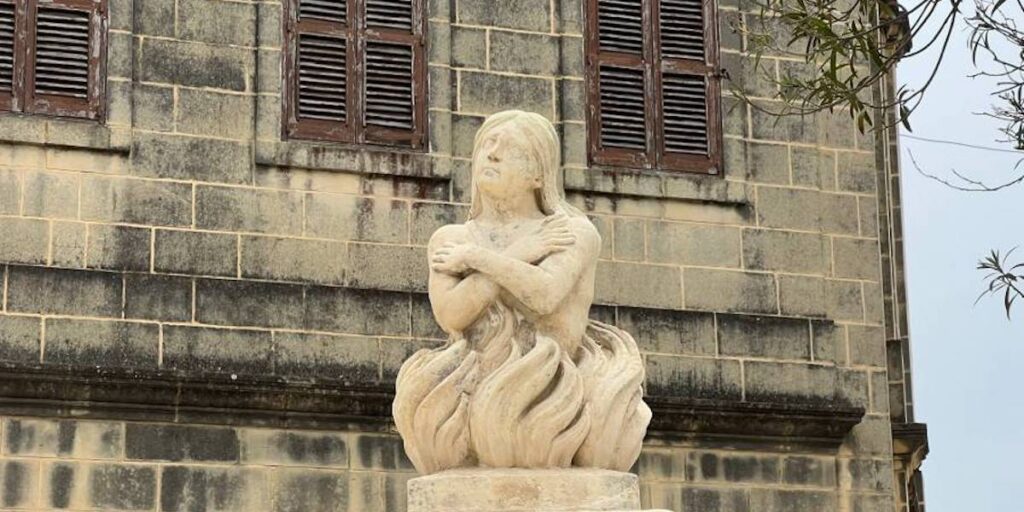
The Origins of the Statues of Purgatory in Malta
Purgatory scenes and depictions were very popular in southern regions of Europe especially around the 16th and 18th centuries. We can assume that this trend made its way to the islands and can be still seen to this day. In southern parts of Spain and Italy for example, you can find very similar depictions of the burning soul statues.
It is admittedly hard to understand the context of the origins of the statues of Purgatory in Malta. It can be surmised that the reason for their being there was at least twofold.
Apart from the deadly reminder of the afterlife and how one behaves in this life, it was a motivation tactic. Much like many other memento mori around the island, it was a way to get people to pray or give the Church donations.
Typically they were accompanied with a plaque. The plaque suggested that if one stopped and prayed in front of them, the number of days of a beloved soul in purgatory would lessen. Alternatively they would have a small locked box for people to put money into.
Both the prayers and the money were a way in which you could get an indulgence. This was a way to lessen your future punishment, or that of deceased people you loved. Indulgence was very much abused by the church around the middle ages.
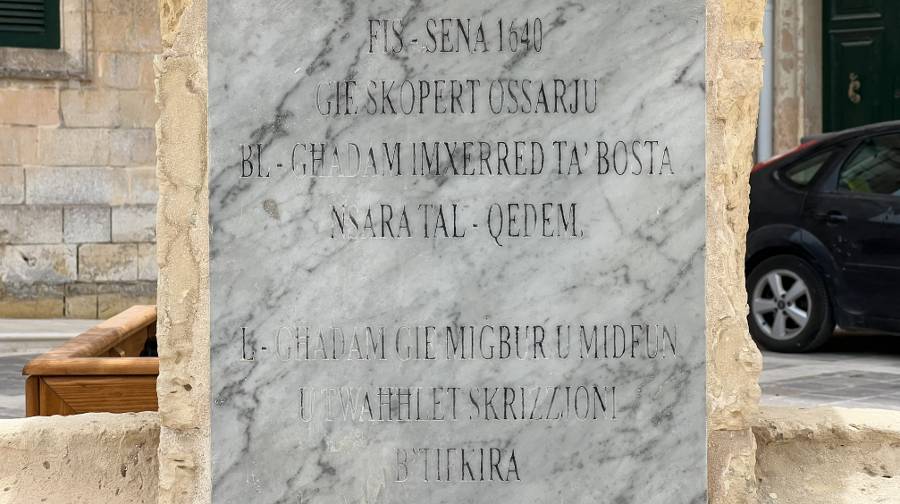
Where to Find Them
In old towns and villages like Ziggiwei, Rabat, and Dingli there are several of these statues that can be easily found. On the road from Rabat to Dingli and from Mosta to Rabat there are definitely two different statues. This would make sense since people used to walk before so they would probably stop to say a prayer for the dead as part of their commute.
In Rabat you can also find a few on the parvis of the St. Paul Basilica. Morbidly, there are some on the entries of cemeteries.
